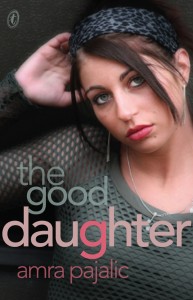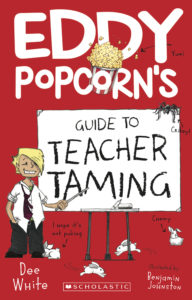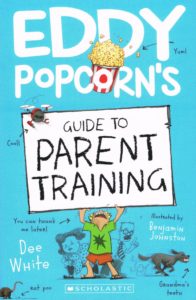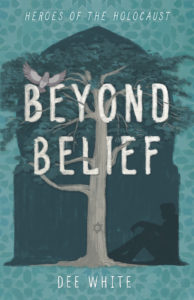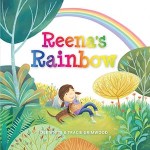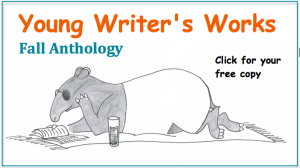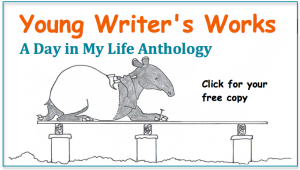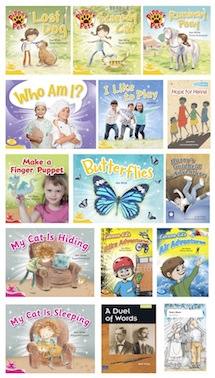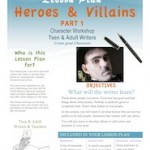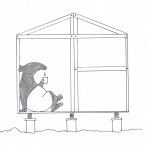 We had so many great entries in the last competition.
We had so many great entries in the last competition.
Unfortunately, due to the large number, we can’t provide individual feedback or post the stories online.
But to help writers, I’ve written these tips.
They are based on some of things that could have been stronger in the stories we received.
I hope you find them helpful.
WRITING TIPS
Main Characters – Introduce main character and focus on them – don’t get sidetracked by other characters.
You don’t need to describe how characters look unless the way they look has something to do with the story. For example in the 101 Dalmations, the dogs were dognapped because of the way they looked.
Repeat Information – Try not to tell things and then show the same thing. For example, “The man rushed up to me angrily.”
“I’m going to get you for that.” He rushed up and shook his fist at me.
You don’t need the first line because from the man’s actions, the reader can tell that he is angry.
Another example would be something like, The teacher told us he was going to give us homework for the weekend.
“We haven’t done enough in class,” he said. “I’m going to have to give you homework to do on the weekend.”
Here again, you don’t need the first line because the second line says it all.
Get straight to the action – If someone has had an accident, you don’t need to say how your main character found out about the accident and how they travelled to the hospital to see them.
Start the story with them at the bedside of the person who has been in the accident or show them being a witness to it and responding to what’s happening.
Smooth writing between scenes – Make time transitions smooth. If something bad happened and the next scene is a few weeks, months or years later, you need to give the reader some idea of what happened to the character in that space of time.
For example, if the main character was orphaned, where are they now living?
You don’t have to give too much detail, but you need to set the scene for the reader so that they know what has changed for the character as a result of being orphaned.
Story problems – It’s good to have a lot of action and mystery, but you need to establish a story problem for your character that has to be hinted at right from the start of their story.
What does your character want or need? What problems does this want or need cause? What is stopping the character from getting what they want or need?
If you have a particular writing question, feel free to ask it in the comments section of this post
Happy writing:)
Dee
Our new competition opens tomorrow August 1. Good luck:)




